Reportar esta entrada
Más sobre la misma comunidad-colección
Butterfield -- Museo de Historia de El Paso
The Butterfield Trail exhibit at the Museum of History. ...
Juana Maria Ascarate de Stephenson
She was a daughter of the Ascarate family who were big land ...
Mrs. C Jane Hawkins bautizando el USS Hawkins
Mrs. Hawkins was the mother of 1st Lt. William Deane Hawkins, ...
Patrick Floyd "Pat" Garrett
Left, Pat Garrett; right, John W. Poe, who succeeded Garrett; ...
Primer Alcalde de El Paso, Benjamin Dowell
First mayor of El Paso Benjamin Shacklett Dowell came to El Paso ...
La distribución de regalos en Sun Carnaval Evento
Dr. Schuessler, Dean Miller, Sun Queen Pamela Ann MacGuire.
Sun Carnaval Coronación y el Comité Corte Sun
Left to right are :Dean C. Miller, V. P, Mrs. Hidler, Mrs. ...
Desfile anual Sun Bowl - State National Bank - en 1947
The Sun Bowl was chartered in 1934 making it the second oldest ...
Desfile anual Sun Bowl - State National Bank - 1966
The Sun Bowl was chartered in 1934 making it the second oldest ...

















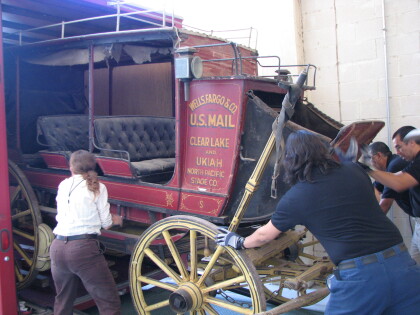
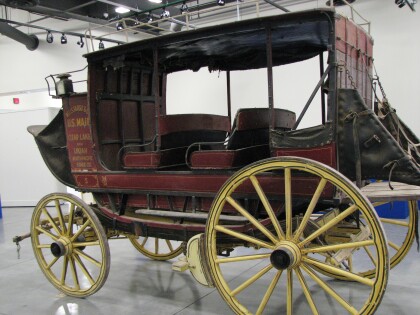
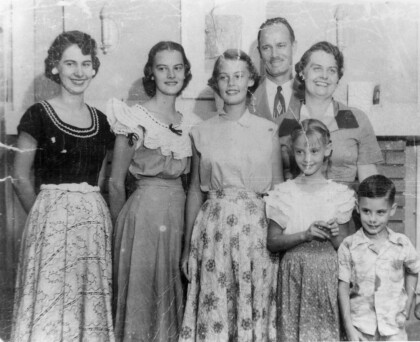
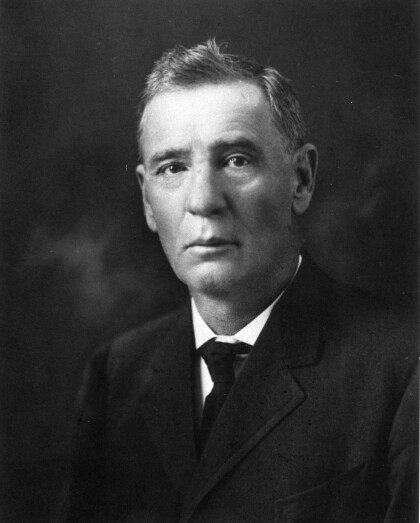
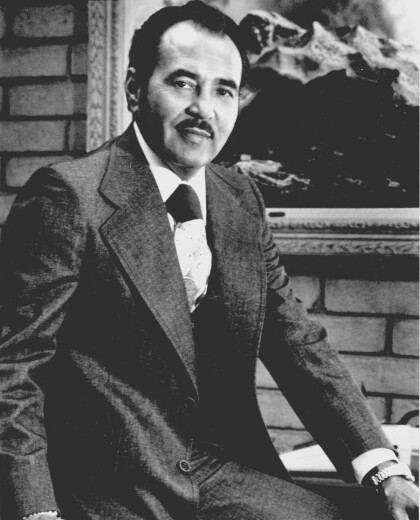
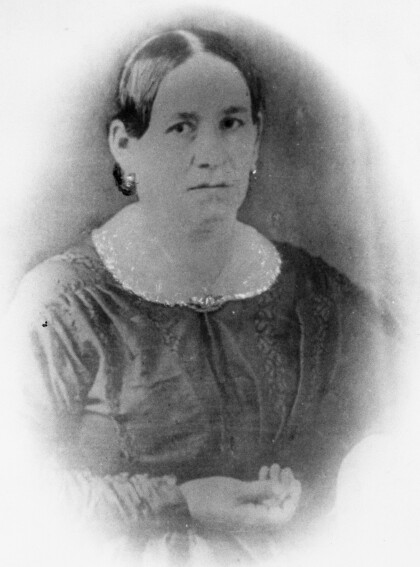
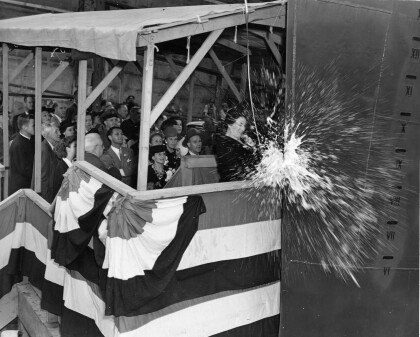
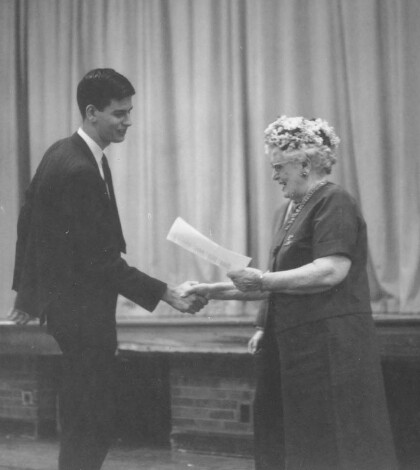
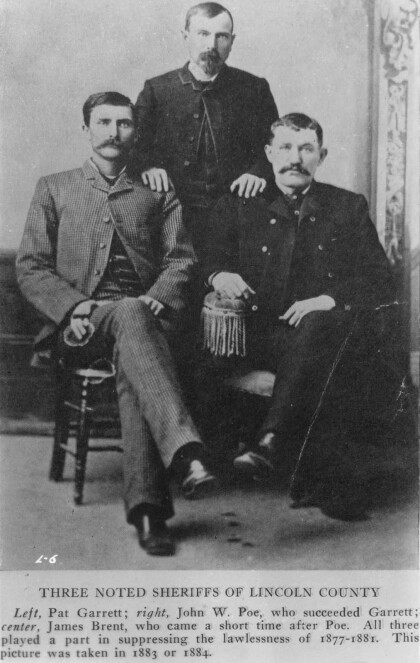
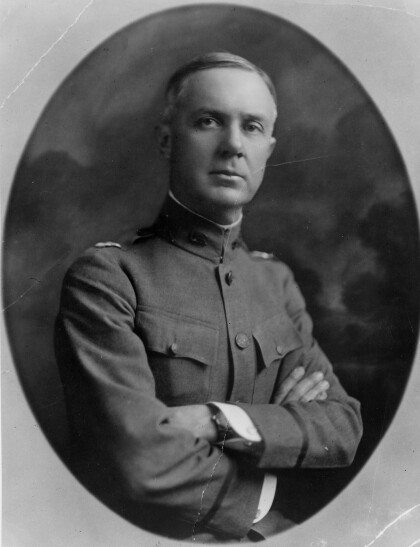
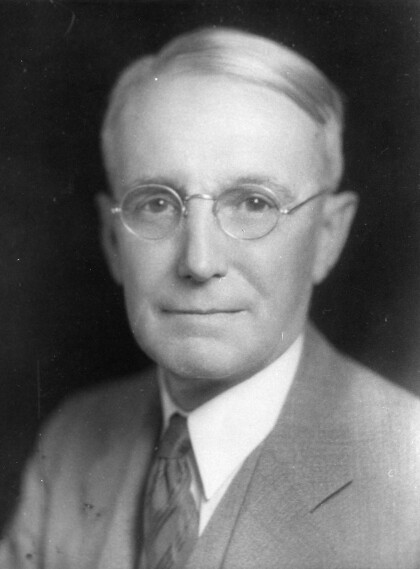
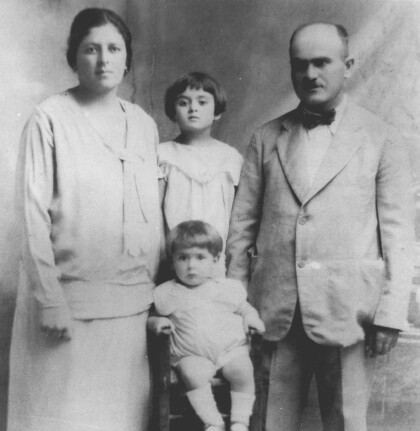
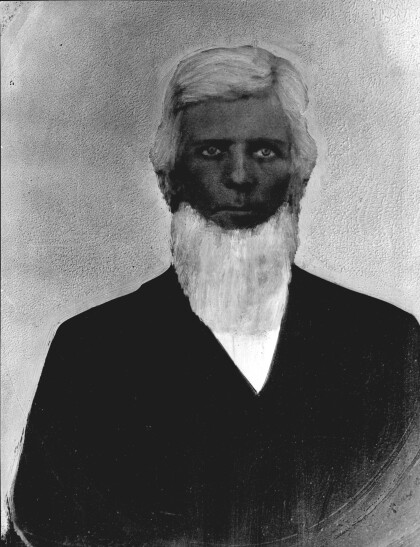

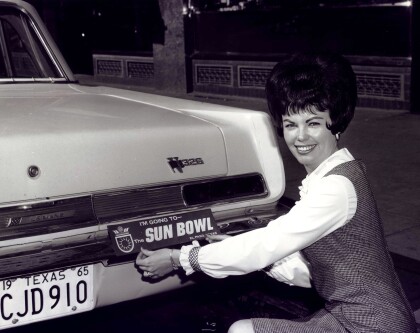
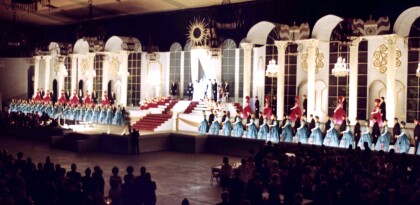
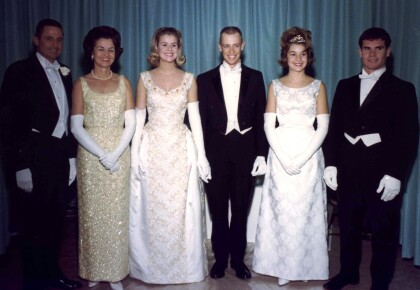
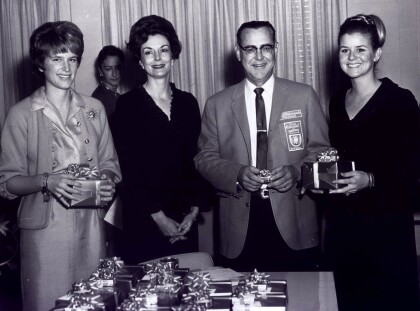
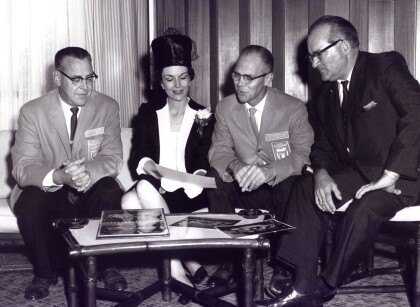
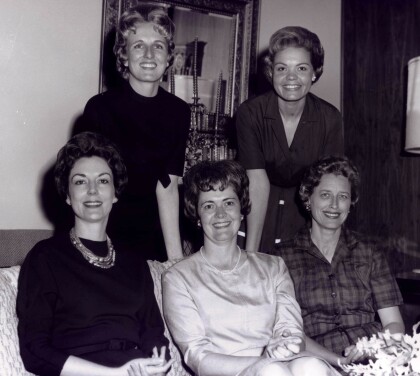
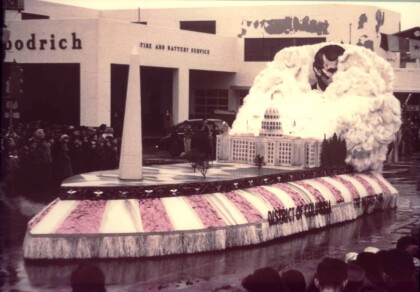
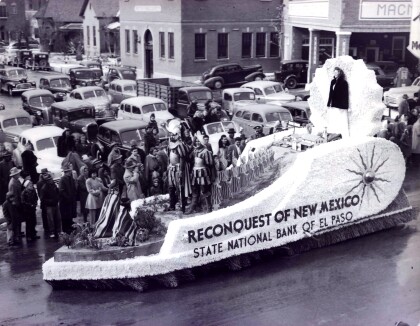
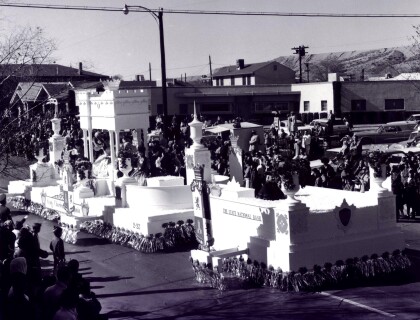
Comentarios
Hacer un comentario